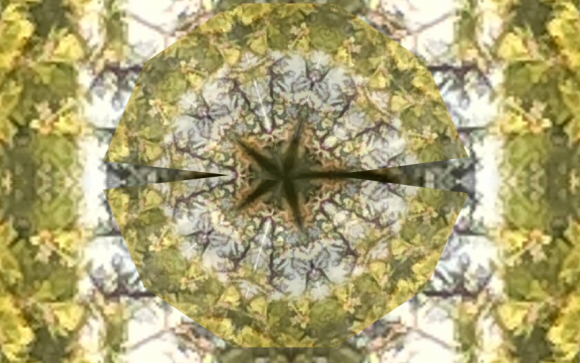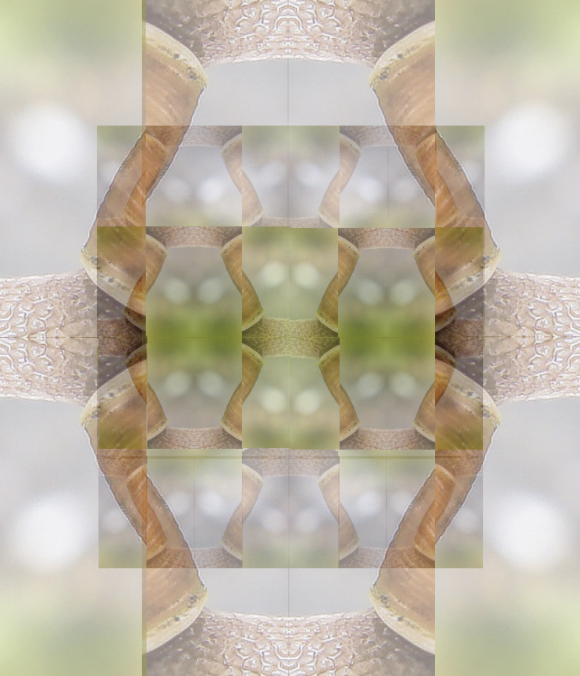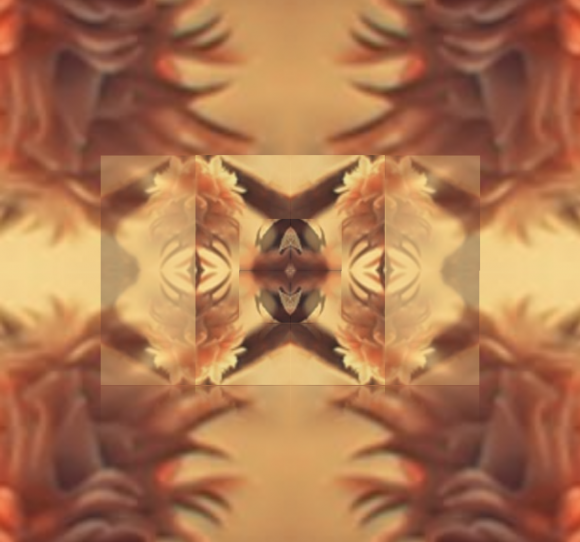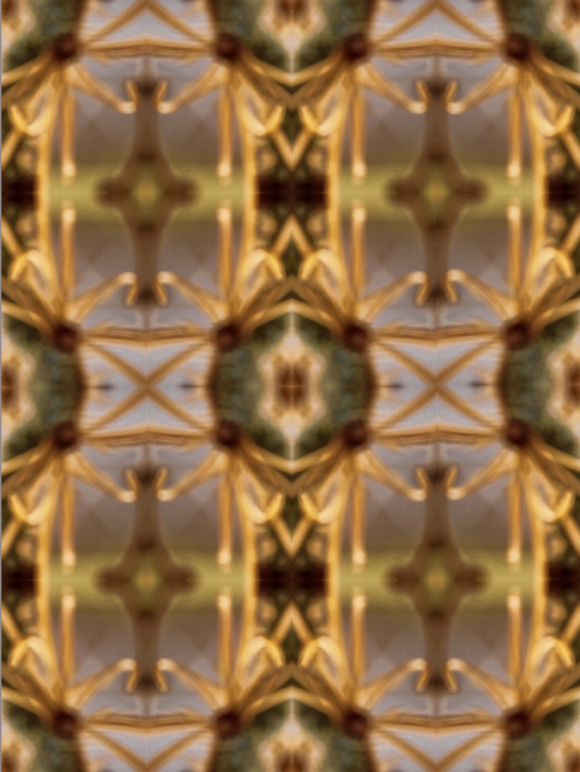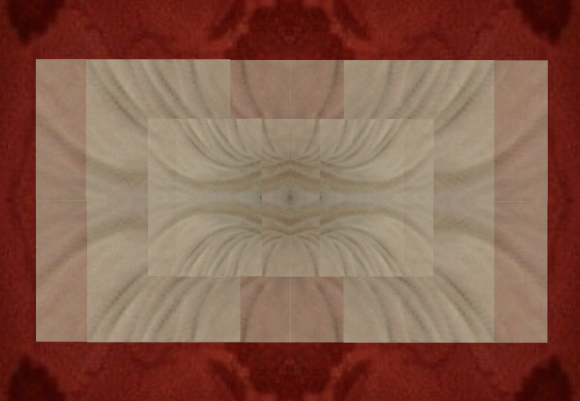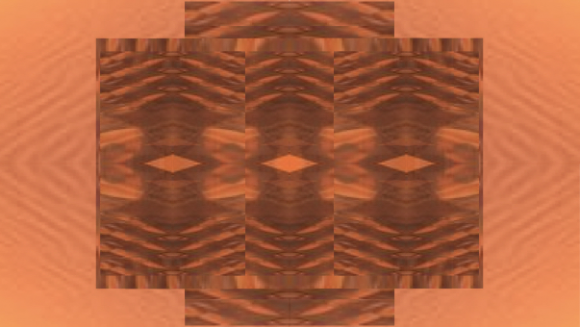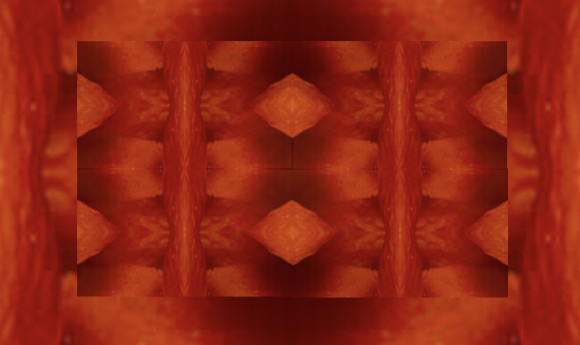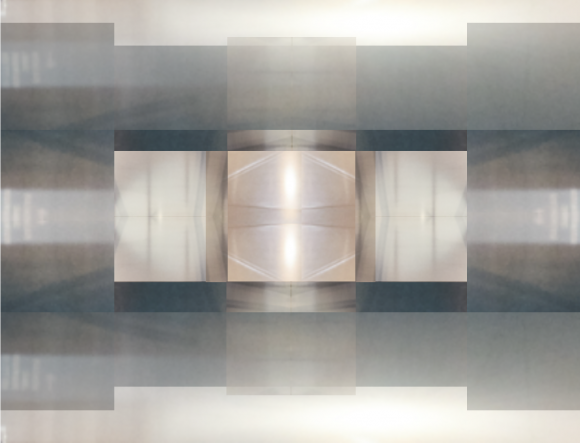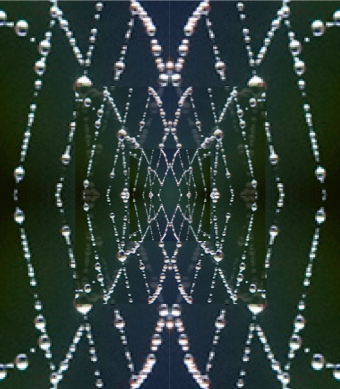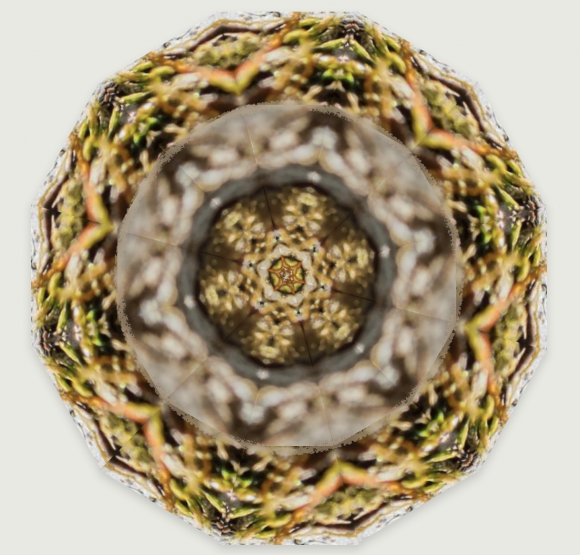
In everyday parlance, when we refer to a person’s “shadow”, we often simply mean some grim, dark streak of their personality, perhaps even a violent or evil element. But what Jung meant by the “shadow” is a little more complex than this habit of our everyday talk suggests.
